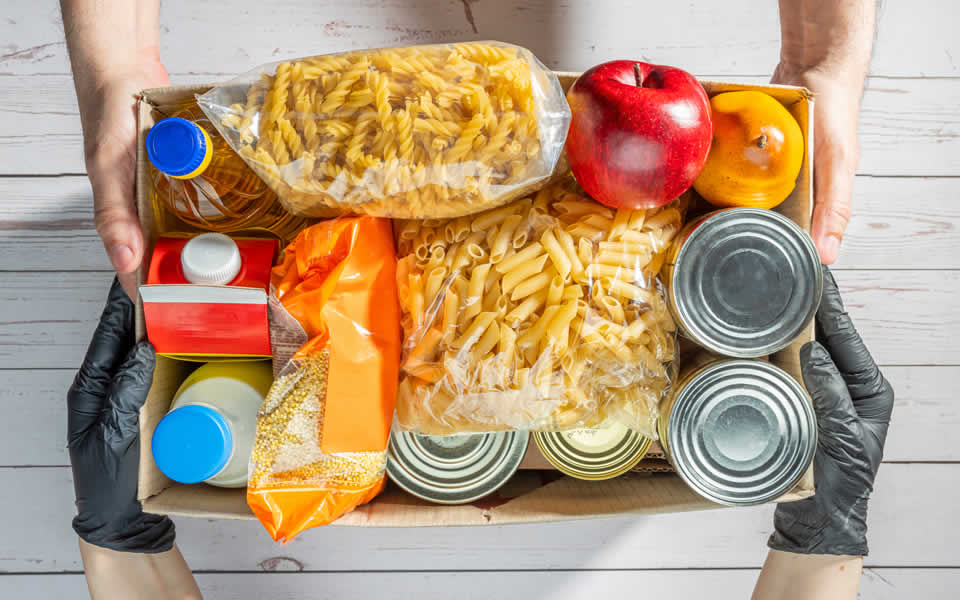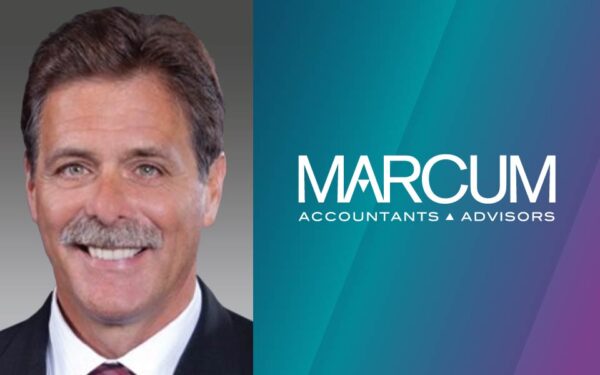How EDDF Can Make Charitable Food Contributions Better for Everyone – Including Your Business
By Emily Chamberlain, Senior, Tax & Business Services & Ken Levinson, Director, Tax & Business Services
Most of us know that qualified charitable contributions can be a deduction on your income tax return. However, if your business contributes food inventory for charitable purposes, you may be eligible for a larger deduction than you realized.
The Enhanced Deduction for Donated Foods
Typically, when any inventory is donated, you can deduct the lesser of its Fair Market Value on the date of contribution, or its original cost basis. To illustrate, assume a business purchases inventory for $1,000 that would ordinarily be sold for is $1,400. The deductible amount would be $1,000 because it is the lesser of FMV and basis. The concept is simple enough – donating inventory effectively removes the amount donated from your Cost of Goods Sold (COGS) and deducts it as a charitable contribution instead.
If, however, your business donates food inventory, there is the possibility of a deduction above basis1. For the sake of this discussion, we will refer to this additional deduction as the Enhanced Deduction for Donated Foods (EDDF). To get this EDDF, the following conditions must be met:
- The food contributed must be “apparently wholesome” food. This means that the food must be “intended for human consumption [and] meet all quality and labeling standards imposed by federal, state, and local laws and regulations…”2
- The food must only be used for the needy, the ill, or infants.
- It must be related to the organization’s exempt purpose.
- The food must not be exchanged for money or any other consideration.
- The organization must write a statement saying that it will comply with the 3 previous requirements.
- Finally, the donated food must comply with the Federal Food, Drug, and Cosmetic Act and the organization cannot be a private nonoperating foundation.
Rather than deducting the basis of these contributions like other nonqualifying inventory, businesses that satisfy these criteria are allowed a deduction equal to the lower of:
“(a) the basis of the contributed inventory-type property…plus one-half of the ordinary income…that would have been recognized if the property were sold for fair market value…or(b) twice the basis of the property.”3
As an example, let’s assume a business is donating qualifying food inventory with a basis of $10,000. If the food was sold (rather than donated) for a FMV of $15,000, the ordinary income amount would be $5,000. By following the calculation outlined above, we can say that the deduction is equal to the lower of:
(a) 10,000 + (½ * 5,000) = $12,500, or
(b) 10,000 * 2 = $20,000
In this example, the total charitable deduction would be $12,500. If this were nonqualifying inventory, the deduction would be limited to the basis of $10,000. Because of this, the additional EDDF is $2,500. It is also important to note that this deduction is limited to 15% of net income as of 2022 (as opposed to 25% in 2021).
The EDDF like any other provision, needs to be reviewed in the context of your organization and other tax attributes. While not all-inclusive, the following are important to be aware of when utilizing the EDDF.
Effect of EDDF on Cost of Goods Sold
When you have an Enhanced Deduction for Donated Food, the cost of inventory that would normally have been expensed is now re-categorized as a charitable contribution. Following the amounts from the example above, if the cost of goods donated is $10,000 and the FMV of these goods is $15,000, $12,500 becomes a charitable deduction and $10,000 must be removed from beginning inventory, and thus excluded from COGS.
For a partnership, this could be problematic. Because tax attributes flow through separately on the K-1, the EDDF is separately stated as a charitable deduction to be taken on the partner’s income tax return. Recharacterizing the Cost of Goods portion to a charitable deduction could result in an increase in self-employment earnings. Continuing with the example above: $12,500 is now the charitable deduction and $10,000 of COGS has been reduced resulting in an increase in SE income.
For an S Corporation, the net income is non-SE income. Therefore, the reduction of COGS has no impact, except to the extent the shareholder cannot use it on his/her personal return.
EDDF Carryforwards
Any unused EDDF can be carried forward for five years4. If a company consistently donates more than is allowed (15% of net income), these carryforwards may never get used. As a result, there may be opportunities to plan the EDDF on a yearly basis.
Additionally, if amounts of EDDF are carried forward, the impact on COGS noted above could come into play again, resulting in an undesired overall result if the carryforwards are never used.
C Corporations
The general 10-percent of taxable income limitation on C corporation contributions does not apply to the EDDF, but the 10-percent limit that applies to other contributions is reduced by the amount of the applicable food inventory contributions.5
Cost-Benefit Analysis
Like any other service, a cost-benefit analysis should be done to determine if these services would be beneficial for your business. Care must be taken to be sure that ROI is calculated properly as some waste management or similar firms may try to sell their services based on total qualified food deduction, rather than the additional tax benefit attributed to the EDDF. To illustrate, assume a full-service food waste company estimates the total qualified food deduction to be $200,000 at a cost of $30,000. At first glance, this may appear to be an ROI of roughly 6.7 times the cost. If the actual cost of inventory is $175,000, however, the EDDF is only $25,000. This further analysis illustrates that ROI is now less than one times the cost, thus it would not be cost effective.
ROI may also be adversely impacted if there is an unused EDDF or an increase to SE income as discussed in previous sections.
Some states such as California and New York require donations of food surpluses. In those states, cost-benefit analyses become less relevant.
Conclusion
The Enhanced Deduction for Donated Foods is a great opportunity to increase your tax savings. As with most tax strategies, there are things to look out for that might impact the additional deduction’s effectiveness when it comes to your specific business.Sources
- IRS publication 526, page 10
- IRS publication 526, page 12
- Checkpoint, “Corporate “qualified contributions” of inventory-type property for the care of the ill, needy, or infants.”)
- IRS Publication 526, page 13
- IRS Regulations under IRC 170(e)






